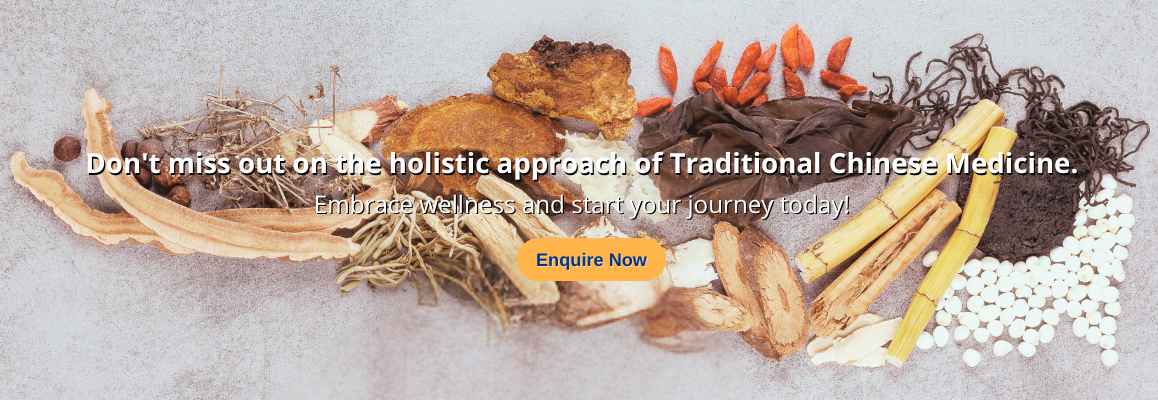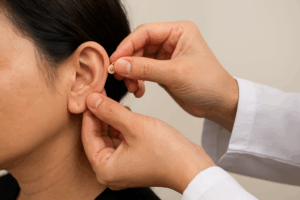In Traditional Chinese Medicine (TCM), tongue diagnosis is a vital, non-invasive method used to observe internal imbalances. The tongue is considered a “window” to the body’s internal organs, especially the state of Qi, Blood, and Body Fluids. Among the many features assessed, cracks on the tongue can reveal important clues about chronic conditions, constitutional weakness, or organ deficiencies.

The Role of Tongue Diagnosis in TCM
Tongue diagnosis (舌诊) has been practiced for thousands of years in TCM. Unlike Western medicine which relies heavily on lab tests, TCM practitioners analyze the tongue’s shape, color, coating, moisture, and presence of cracks to assess internal organ function. Each part of the tongue corresponds to specific organs:
- Tip: Heart and Lung
- Sides: Liver and Gallbladder
- Center: Spleen and Stomach
- Root: Kidney, Bladder, and Lower Jiao
Cracks (裂纹) may appear anywhere on the tongue and vary in depth and distribution. This may seem like a surface feature, but tongue cracks actually reflect long-term internal disharmony.
What Do Tongue Cracks Mean in TCM?
In TCM, tongue cracks often indicate a deficiency of Yin, Qi, or Fluids, or a chronic organ imbalance. They are commonly associated with:
Yin Deficiency (阴虚)
- Appearance: Deep central cracks, often on a red tongue without coating
- Common accompanying symptoms: Night sweats, dry mouth and throat, insomnia, warmer palms than usual
- Organs involved (either or all of the following): Kidney, Heart, Lung
Spleen Qi Deficiency or Stomach Yin Deficiency
- Appearance: Cracks in the center of a pale or dry tongue
- Associated issues: Poor appetite, fatigue, bloating, dry stools
- Chronic digestive issues can damage the Spleen and Stomach over time, leading to tongue cracks
Heat and Body Fluid Damage (热伤津液)
- Appearance: Dry tongue with multiple small cracks, sometimes with yellow coating
- Common in: Fever, other heat-related symptoms, excessive sweating
Constitutional Weakness or Aging
- Some individuals are born with cracks, or they develop with age due to a natural decline in Qi and Yin. These may not indicate disease but reflect the body’s baseline constitution.
Appearances of Tongue Cracks and Their Interpretations
| Crack Appearance | Possible TCM Patterns |
| Central crack | Stomach Yin deficiency, poor digestion |
| Tip crack | Heart Yin deficiency, emotional stress, insomnia |
| Back of tongue crack | Kidney Yin deficiency, lower back weakness, tinnitus |
| Multiple short cracks | Fluid deficiency, internal dryness |
How Diet and Lifestyle Affect Tongue Cracks
According to TCM theory, improper eating habits can injure the Spleen and Stomach, leading to internal dryness or poor moisture circulation:
- Excessive spicy or fried food: Generates heat and damages Stomach Yin
- Irregular meals or overeating: Weakens digestive Qi which in turn affects transport of moisture to the needed areas of the body, resulting and dryness and tongue cracks
Lifestyle habits such as long-term stress, lack of rest, and overwork can also deplete Yin and Qi, accelerating the appearance of tongue cracks.
TCM Treatment Approach for Tongue Cracks
Treatment is based on syndrome differentiation (辨证). There is no “one-size-fits-all” remedy. A TCM practitioner will assess your full presentation including pulse, symptoms, and tongue to determine a tailored treatment plan.
Typical treatment methods may include:
- Herbal medicine to nourish Yin, generate fluids, or tonify Qi
- Acupuncture to regulate organ function and clear heat or dampness
- Dietary therapy with food recommendations to support digestion and body fluids
- Lifestyle guidance for sleep, emotional balance, and routine
Conclusion
Tongue cracks are more than just a surface feature—they can signal long-term imbalances or deficiencies in the body. In TCM, early detection through tongue diagnosis offers an opportunity to restore internal harmony before more severe symptoms appear. If you notice persistent or worsening tongue cracks, consider a consultation with a licensed TCM physician for a personalized diagnosis and treatment plan.











